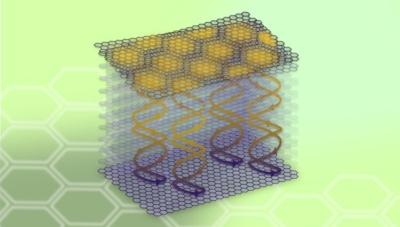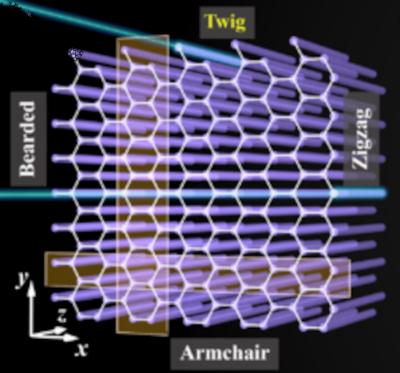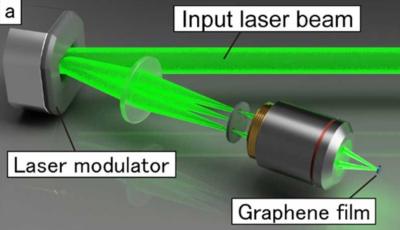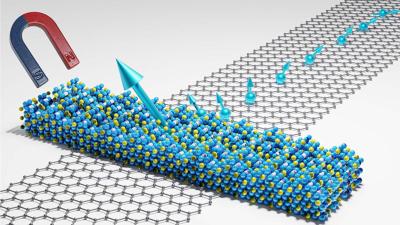Australian Research Council launches research hub for advanced manufacturing with 2D Materials
The Australian Research Council (ARC) has announced the launch of the ARC Research Hub for advanced manufacturing with 2D Materials. The hub aims to develop the application of 2D materials for water treatment, batteries, functional paints and coatings and other key areas of economic and technological interest.
“The ARC proudly supports research excellence that positively impacts everyday Australians and this is evident in the establishment of the ARC Research Hub for advanced manufacturing with 2D Materials,” said Dr. Richard Johnson, deputy chief executive officer, ARC. “Among the research outcomes expected to emerge from the hub will be high-powered, low-cost graphene-based supercapacitors, capable of storing energy for use in electric vehicles, as well as improvements in the supply chain of materials used in the manufacturing of these devices, allowing industry to thrive,” continued Dr. Johnson.





